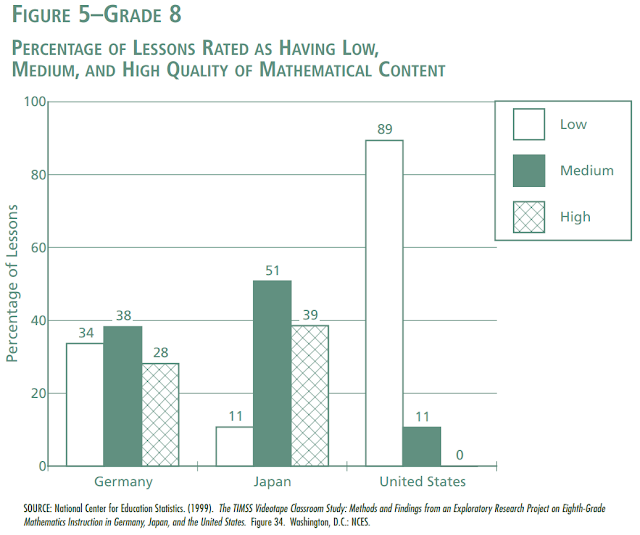Understanding Learning Styles

The first distinctive feature and guiding principle of the Philippines' DepEd K to 12 basic education program is its emphasis on the learner: "The learner is the very reason of the entire curriculum system. Who the learner is in his/her totality, how he/she learns and develops and what his/her needs are were highly considered in the making of the K to 12 curriculum framework.The holistic learning and development of the learner is its primary focus. A teacher creates a conducive atmosphere where the learner enjoys learning, takes part in meaningful learning experiences and experiences success because he/she is respected, accepted and feels safe even if in his/her learning exploration he/she commits mistakes. He/she learns at his/her own pace in his/her own learning style. He/she is empowered to make choices and to become responsible for his/her own learning in the classroom and for a lifetime." ( The K to 12 Basic Education Program, March 12, 2012 ) All of these sentenc







